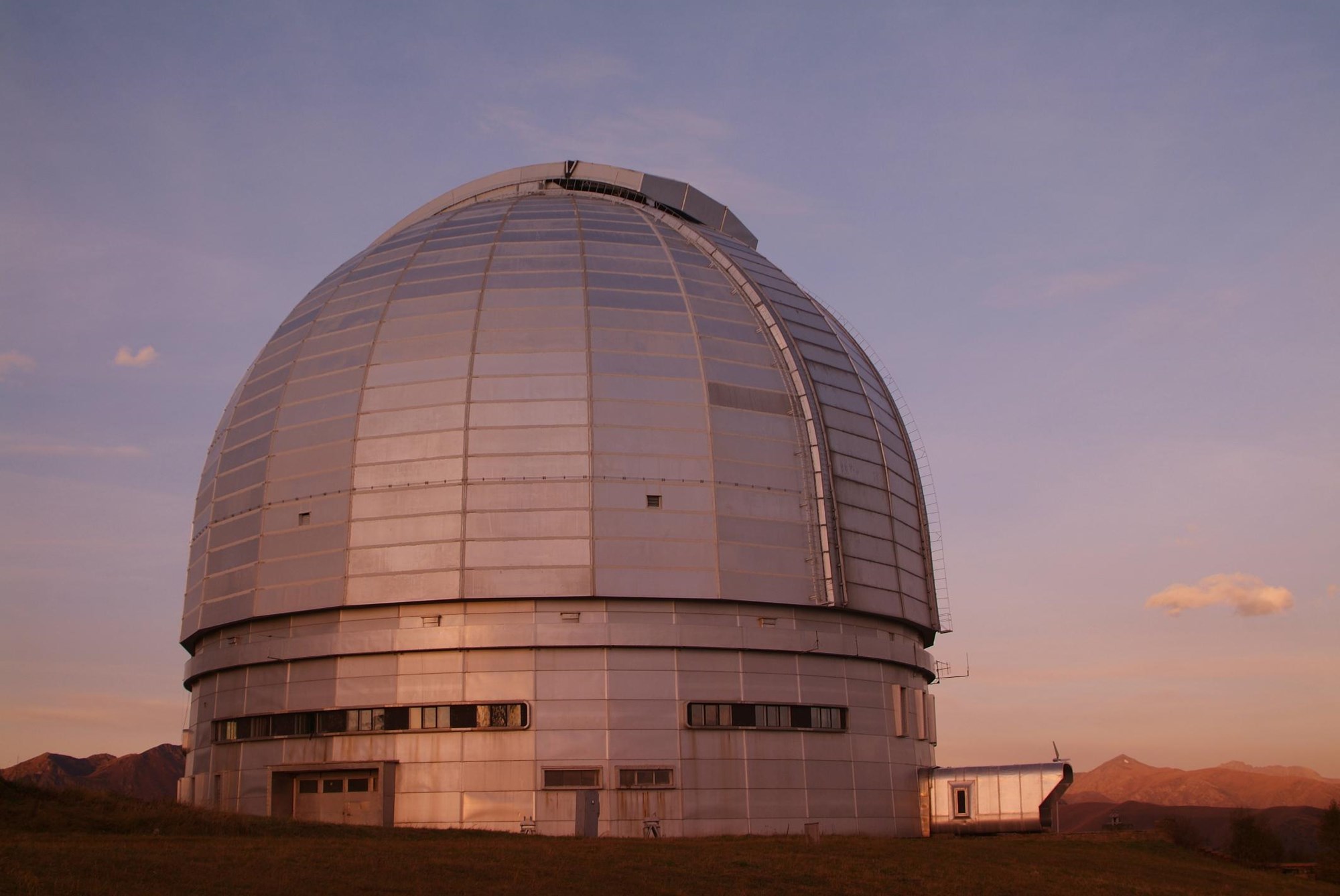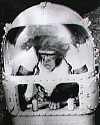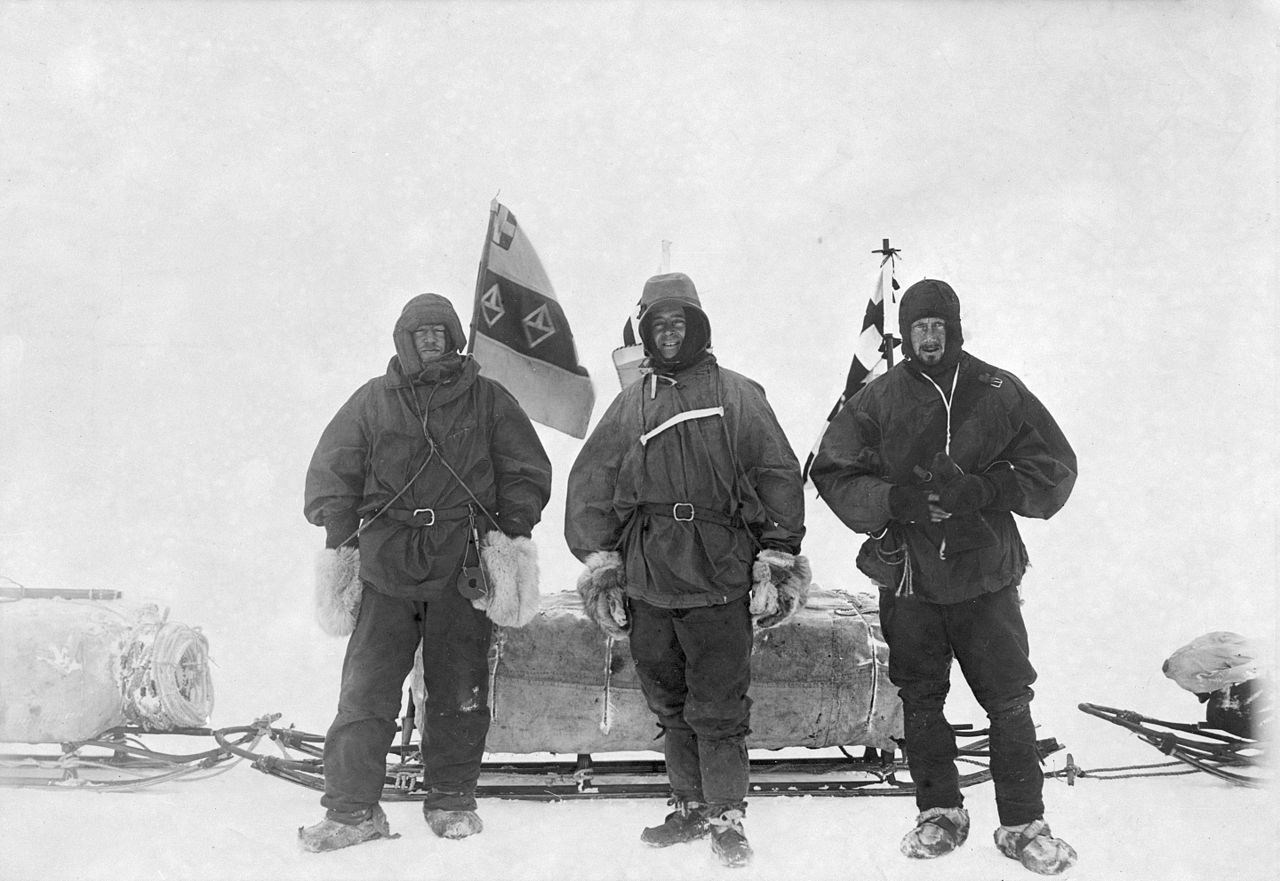




Each week, we will be posting information on historic events or achievements from the world of engineering, design, technology and invention. We will be sharing the work of significant individuals who have helped shaped the world we live in today through their inventions.
In 1976, the BTA-6 telescope became the world's longest telescope at 6m in length. It is an optical telescope at the Special Astrophysical Observatory located in Zelenchuksky District on the north side of the Caucasus Mountains in South Russia. It was the largest in the world until 1990 when it was surpassed by Keck 1 telescope.

In 1961, the U.S. launched a 4-year-old male chimpanzee named Ham on a Mercury-Redstone 2 rocket into suborbital flight to test the capabilities of the Mercury capsule. During his 16.5 minute suborbital flight, Ham experienced about 7 minutes of weightlessness, reached an altitude of 108 miles and a speed of 13,000 mph. He was wired to medical sensors to monitor his vital signs. During flight, Ham performed some simple tasks such as pulling levers when a light came on for a reward of banana pellets. Ham was recovered safely 1,425 miles downrange. This was a test flight before risking the lives of human beings. Now, after Ham's successful flight, NASA was ready to launch the first Mercury astronaut, Alan Shepard, into sub-orbital flight three months later.

In 1899, rubber heels for boots and shoes were patented by American Humphrey O'Sullivan. January 24, 1899: Humphrey O’Sullivan, an Irish immigrant-laborer to the United States, patented the rubber heel for shoes. O’Sullivan worked in a print shop in Lowell, Massachusetts, where standing on the shop floor all day resulted in sore feet and other ailments. To ease his aching feet, he started to stand on a small rubber mat, which acted as a makeshift cushion; it proved to be a good idea, saving O’Sullivan from further physical stress, though his print shop colleagues kept taking the mat for their own personal use.
On this day in...1912 Captain Robert Scott's expedition arrives at the South Pole, one month after Roald Amundsen. On the first expedition, he set a new southern record by marching to latitude 82°S and discovered the Antarctic Plateau, on which the South Pole is located. On the second venture, Scott led a party of five which reached the South Pole on 17 January 1912, less than five weeks after Amundsen's South Pole expedition.
A planned meeting with supporting dog teams from the base camp failed, despite Scott's written instructions, and at a distance of 162 miles (261 km) from their base camp at Hut Point and approximately 12.5 miles (20 km) from the next depot, Scott and his companions died. When Scott and his party's bodies were discovered, they had in their possession the first Antarctic fossils ever discovered. The fossils were determined to be from the Glossopteris tree and proved that Antarctica was once forested and joined to other continents.
Before his appointment to lead the Discovery expedition, Scott had a career as a naval officer in the Royal Navy. In 1899, he had a chance encounter with Sir Clements Markham, the president of the Royal Geographical Society, and thus learned of a planned Antarctic expedition, which he soon volunteered to lead. Having taken this step, his name became inseparably associated with the Antarctic, the field of work to which he remained committed during the final 12 years of his life.
Following the news of his death, Scott became a celebrated hero, a status reflected by memorials erected across the UK. However, in the last decades of the 20th century, questions were raised about his competence and character. Commentators in the 21st century have regarded Scott more positively after assessing the temperature drop below −40 °C (−40 °F) in March 1912, and after re-discovering Scott's written orders of October 1911, in which he had instructed the dog teams to meet and assist him on the return trip.

Langford Village Community Primary School
Peregrine Way
Bicester
Oxon
OX26 6SX
Tel: 01869 369021
Email: office.2608@langford-village.oxon.sch.uk
Headteacher: Mrs Sarah Tomlin
SENCo: Mrs Laura Oliver
Paper copies or all information available on this website can be obtained from the school office free of charge